Every historian thinks that their own period is the best: the one in which changes really occurred, life was really lived, and the world we know today was really born. For me, that period encompasses the two centuries between 1600 and 1800 when Europe came to life. And now it seems, at last, that the Victoria and Albert Museum may now have given me incontrovertible proof with their new Europe 1600–1815 Galleries. Many years in the making, these have been well worth the wait.
A mix of small and large galleries tells the story of changing European styles from 1600 to the fall of Napoleon in 1815. The over-arching tale is of the rise of France, replacing Italy as the arbiter of European taste, and of the trajectory from baroque to neo-classicism. But this is neither simply a classic enlightenment tale, nor one of European supremacy. This was also the period in which Europe really started to engage with the wider world, adopting and adapting the styles and materials of its burgeoning colonies and rival empires. A more open world meant, likewise, the expansion of fashions and luxuries to a broader sector of the population, with the middle class both producing and consuming a new wealth of goods.
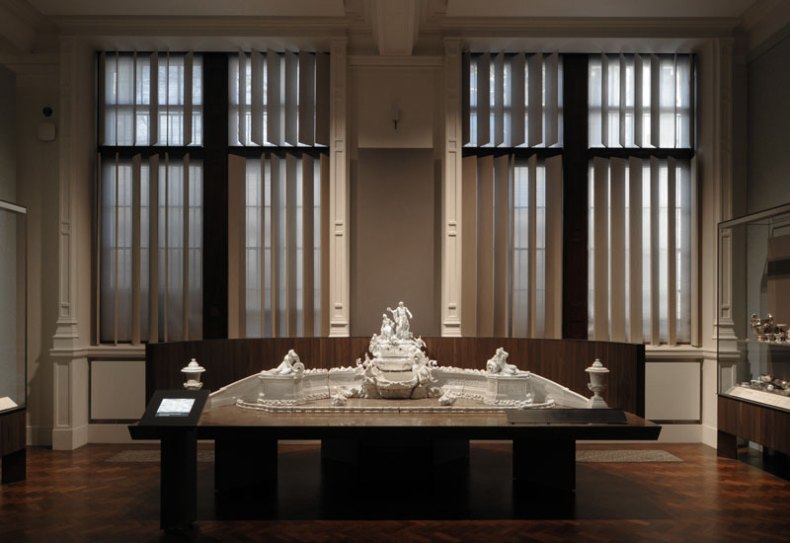
Installation image of the Victoria and Albert Museum’s Europe 1600 – 1815 Galleries. Photo: David Grandorge
The new galleries tell these interlocking tales through four long chronological spaces. ‘Europe and the World’ introduces the baroque style, alongside the role of Catholicism and the importance of warfare, death and global trade on life in early modern Europe. ‘The Rise of France’ considers the ways in which Louis XIV supported his power and status through patronage of the arts. Parisian interiors and boulle marquetry appear alongside the paraphernalia of male adornment, hunting, drinking and performance.
‘City and Commerce’ sees the entry of rococo taste and the rise of the middle classes. An extravaganza of shopping, dining and accessorising is shown to be partly the result of the rise of the city workshop and tradesman. Finally ‘Luxury, Liberty and Power’ explores the neo-classical and the imposing figure of Napoleon Bonaparte. The French revolution is shown in style and substance as well as politics, and changing fashions are set alongside local tastes.
Between each of these sweeping galleries, a small room gives you pause to focus on three phenomena that animated these changing object landscapes. The ‘Cabinet’ introduces the impulses and practices of collecting and classifying the world. The ‘Salon’ considers the thinkers, debates and publications that came together to question and guide a changing Europe. Here an installation by Cuban art collective Los Carpinteros creates a space for debate and discussion, while evoking in its structure a library, architectural model, gridded globe, or even panopticon. The ‘Masquerade’, lastly, playfully evokes the ribald, risqué amusements that flourished alongside consumer culture. A witty interactive display allows visitors to imagine themselves in Venice at the ball, ridotto or commedia dell’arte. It is also good to see a small focus on 19th-century collector John Jones, whose bequest formed the foundation of the French decorative arts collections that make these galleries shine.
Three historic interiors serve to give a more immersive sense of how life was lived with these objects, but the general displays also set up domestic and palatial relationships. Each can be enjoyed on a purely aesthetic level. Yet, the objects also sensitively tell the complex political, economic and social history of Europe in the period, leaving the visitor replete with the richness of early modern European history.
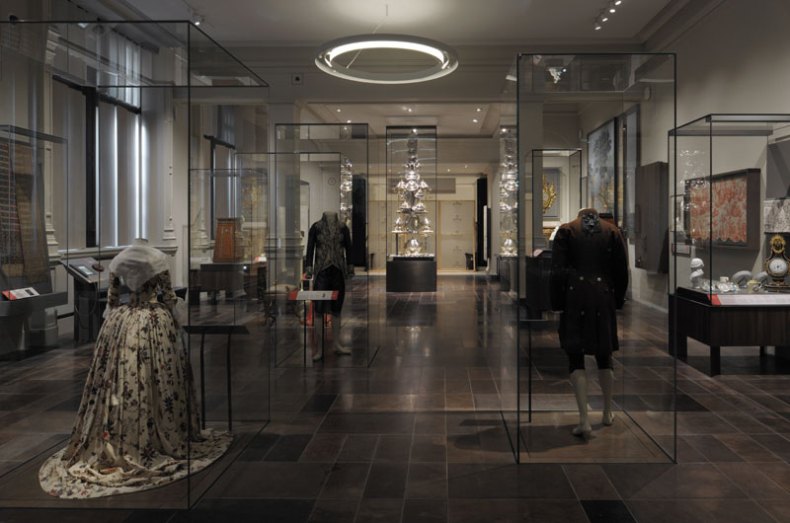
Installation image of the Victoria and Albert Museum’s Europe 1600 – 1815 Galleries. Photo: David Grandorge
The galleries also cater for different types of engagement. Listening and touching posts provide additional media and handling objects, facsimile books allow you to leaf through prints and publications. The salon space and masquerade interactive elements add nice moments of animation. Children are given a special trail of conversational labels marked with a parrot symbol, and a wonderful bronze activity table in the ‘Cabinet’ that allows for games, brass rubbings, and stories.
Yet, the objects are never overwhelmed; they have space to breathe their own stories. The V&A here presents a nuanced narrative of materials, making and meaning through spectacular collections. The light touches of animation, wit and whimsy make the galleries all the more evocative of the period that they treat. It is a must visit for everyone who knows about the period, and for everyone who doesn’t.
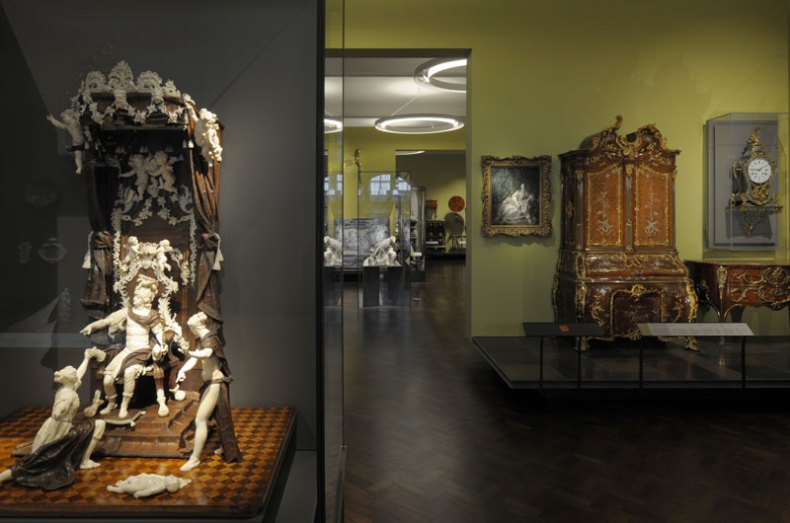
Installation image of the Victoria and Albert Museum’s Europe 1600 – 1815 Galleries. Photo: David Grandorge
The ‘Europe 1600–1815 Galleries’ of the Victoria and Albert Museum, London opened on 9 December 2015.
Unlimited access from just $16 every 3 months
Subscribe to get unlimited and exclusive access to the top art stories, interviews and exhibition reviews.

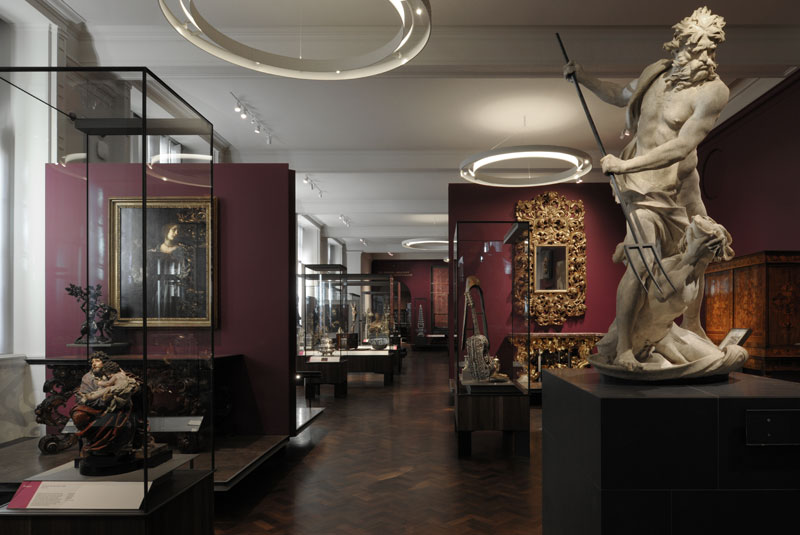
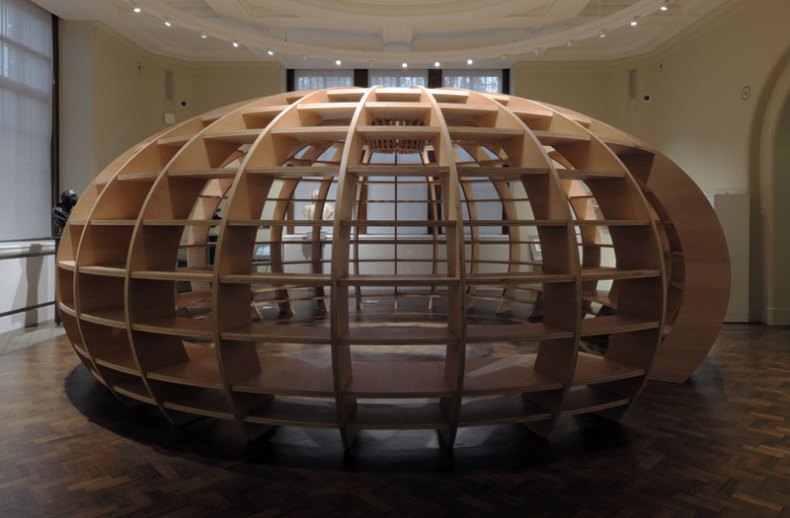
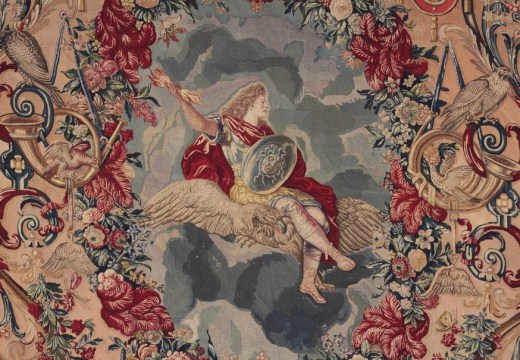
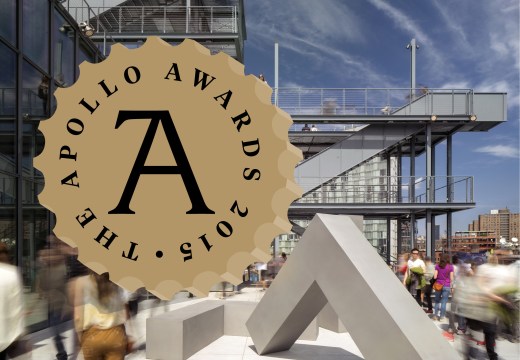
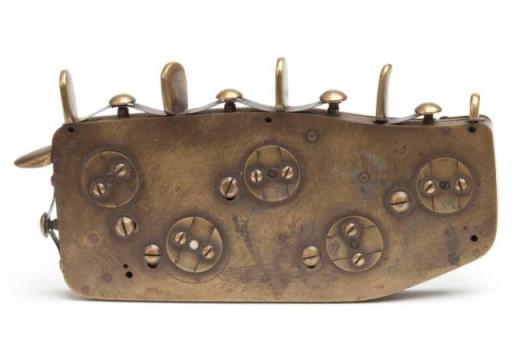









![Masterpiece [Re]discovery 2022. Photo: Ben Fisher Photography, courtesy of Masterpiece London](http://www.apollo-magazine.com/wp-content/uploads/2022/07/MPL2022_4263.jpg)
It’s time for the government of London to return to its rightful home